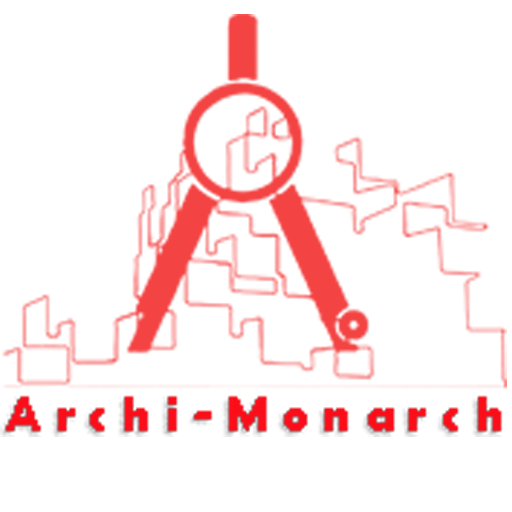In plumbing and architecture, encasing refers to the process of surrounding or covering plumbing pipes, fixtures, or other components with protective materials. This is done for several reasons:
- Protection: Safeguards pipes from physical damage, corrosion, or environmental factors.
- Concealment: Hides pipes for aesthetic purposes, providing a cleaner architectural look.
- Insulation: Helps maintain water temperature and prevents condensation.
- Soundproofing: Reduces noise from water flow, enhancing acoustic comfort in buildings.
Casing is often done with materials like concrete, drywall, or specialized casings, depending on the building’s design and functional needs.
If you want to know about the kitchen detail or staircase detail or water tank detail, please click the link above.
Image of Encasing detail and downloadable (in DWG) link below

Encasing detail drawing – 2
An encasing detail drawing in construction shows how plumbing pipes, ducts, or structural elements are enclosed within protective or decorative materials. It’s a type of technical drawing that gives precise instructions on the materials, dimensions, and methods used for encasing.
Here’s what you’d typically find in an encasing detail drawing:
- Plan and Section Views: Top and side views showing pipe routes and encasement placement.
- Materials: Labels indicating encasement materials (e.g., concrete, drywall, or insulation).
- Dimensions: Exact measurements of the encasement, clearances, and thickness.
- Fixing Methods: Details on fasteners, brackets, or supports used to hold the encasement.
- Waterproofing and Insulation: Notes on sealing methods or insulation layers if required.
- Access Panels: Indication of access points for maintenance if the encasement is removable.
Our tips to help you improve your architectural Encasing detailing.
